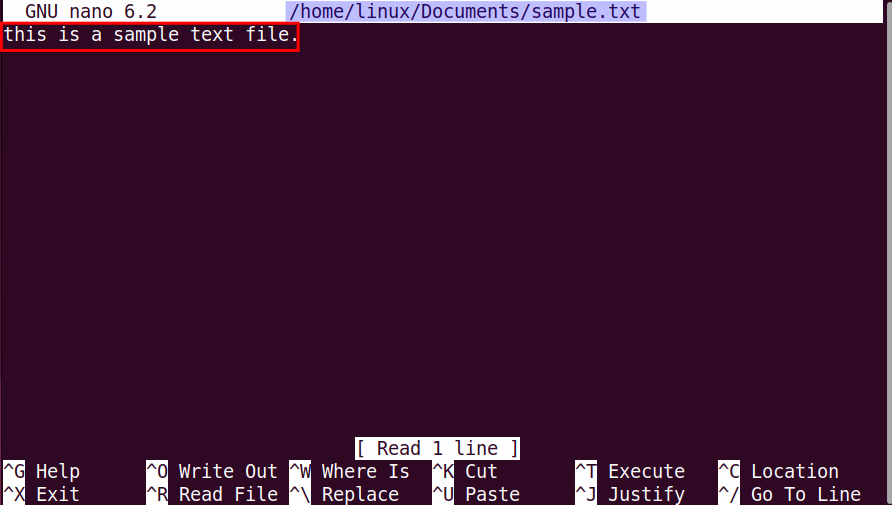Symbolic Link in the Links acts like a shortcut or link to the original file. These links enable you to access files and even directories from different locations without having to physically move them. The Symbolic links do not affect the content inside the file or directory rather they create a link between the original and the target (linked file).
To create and/or remove a Symbolic link in Linux, follow this guide.
How to Create and Remove Symbolic Link in Linux?
This write-up will cover:
- Creating a Symbolic Link in Linux systems?
- Removal of a Symbolic Link in Linux systems?
Creating a Symbolic Link in Linux Systems?
You can create a symbolic link using:
- Method 1: Creating a Symbolic Link with the Orignal Name
- Method 2: Creating a Symbolic Link with a Different Name
Method 1: Create a Symbolic Link with the Orignal Name in Linux
The same or original name can be given to the symbolic link using the below procedure.
Step 1: Create Symbolic Link with Same Name
You can give the original name to create a symbolic link such as “smaple.txt”, by running the following command:
ln -s ~/Documents/sample.txt ~/Desktop/sample.txt -v |
In this command, the “ln” command is used for a creating link, the “~/Documents/sample.txt” is a source where the original file is saved while the “~/Desktop/sample.txt” is a target or link name.
Step 2: Inspect the Sample.txt
You can inspect the sample.txt using the Nano editor:
nano ~/Documents/sample.txt |
You can see the sample text inside the sample.txt file:

You will find the same text in the symbolic link, as it is just a shortcut to the original file.
Method 2: Create a Symbolic Link with a Different Name in Linux
For using different link names, follow the given below instructions.
Step 1: Use a Different Name to Create a Symbolic Link
In target or link name, you can use different names:
ln -s ~/Documents/sample.txt ~/Desktop/symlink.txt |
In the above command, we gave the name “symlink” in place of its original name.
Step 2: View the Symbolic Link (symlink.txt)
To view what is inside the sample.txt file, run the “cat” command to view the content on your screen:
cat ~/Desktop/sample.txt |
You can see nothing has changed in the sample.txt file.
Step 3: List the Created Symbolic Links
To view if both the symbolic links have been created on your Desktop, run the command:
ls |

As shown above, you have created two different symbolic links from the same file.
Removal of a Symbolic Link in Linux Systems?
You can utilize the following methods to remove symbolic links:
- Method 1: Use the “unlink” to Remove Symbolic Link
- Method 2: Remove Symbolic Link through “rm” command
Method 1: Use the “unlink” to Remove Symbolic Link
In this command, you will see how the “unlink” command removes the symbolic link from the terminal:
unlink ~/Desktop/sample.txt |
Method 2: Remove Symbolic Link through “rm” command
The “rm” command is also used for the removal of symbolic links:
rm ~/Desktop/symlink.txt |
Verify Symbolic Links After Removal
The symbolic link files can be verified using the command:
ls ~/Desktop/ |
If there is no file found, especially the symbolic links (i,e. sample.txt and symlink.txt), it indicates that the symbolic links have been removed from your Linux system.
Conclusion
In Linux, creating and removal of symbolic links can be done with just a simple command. To create, follow the syntax “ln -s <path/of/the/original_file> <path/of/name_symbolic_link>” while to remove the symbolic link use either “unlink” or “rm” commands in the Linux terminal.










Leave feedback about this